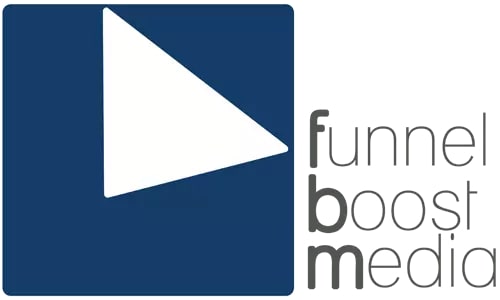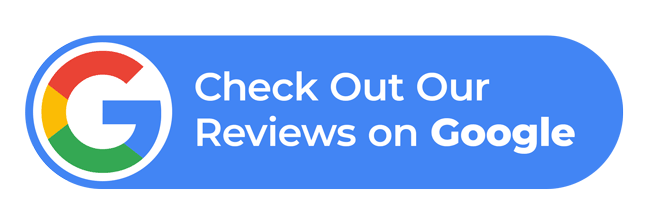In the fast-paced world of digital marketing, website speed is no longer just a technical concern, but a crucial ranking factor for search engines like Google. A slow website can frustrate users, increase bounce rates, and ultimately harm your search engine rankings. Google has repeatedly emphasized the importance of page speed in its algorithm updates, particularly through Core Web Vitals (Google’s Core Web Vitals Guide). We will explore why page speed matters for SEO, how it affects rankings, and actionable ways to optimize your website’s performance.

Jump to a topic:
Why Page Speed Matters for SEO
Page speed plays a critical role in search engine optimization because it directly influences both user experience and website performance. Google has considered page speed a ranking factor since 2010, initially applying it to desktop searches. In 2018, the introduction of the “Speed Update” extended this criterion to mobile searches, emphasizing the importance of fast-loading pages for search engine rankings.
A slow-loading website can significantly impact user experience, leading to higher bounce rates. Research indicates that 53% of mobile users will leave a page if it takes more than three seconds to load. When users abandon a page quickly, search engines may interpret this as a sign that the content lacks value, which can ultimately harm rankings.
To further assess and improve page performance, Google uses Core Web Vitals as part of its page experience signals. These metrics include Largest Contentful Paint (LCP), which measures loading speed, First Input Delay (FID), which evaluates interactivity, and Cumulative Layout Shift (CLS), which gauges visual stability. Optimizing these factors is essential for enhancing both user experience and SEO performance.
The Connection Between Page Speed and User Experience
When a website loads quickly, users are more likely to stay and engage with the content rather than leave immediately, leading to improved dwell time. This increased interaction signals to search engines that the page is valuable, which can positively impact rankings.
A fast-loading website also enhances the mobile experience, which is particularly important with Google’s mobile-first indexing. Since Google prioritizes mobile page speed, ensuring quick load times can improve search visibility and user retention.
Page speed directly affects conversion rates as well. According to a study by Google, even a one-second delay in mobile load time can reduce conversions by up to 20%. Faster websites contribute to higher lead generation, increased sales, and overall better business performance.
How Page Speed Affects Rankings
Search engines assign a crawl budget to each website, which determines how many pages get indexed. When a site has slow-loading pages, it consumes more of this budget, potentially limiting the number of pages that search engines can index. This can negatively impact visibility and rankings.
Google’s algorithm updates increasingly emphasize page speed as a key factor in user experience. Websites that fail to meet these speed standards risk ranking drops, as search engines prioritize fast-loading sites in search results.
A slow website can also create a competitive disadvantage. If a competitor’s site loads faster, search engines may favor their content over yours, making it harder for your pages to rank well and reducing overall search visibility.
Search engines aim to provide the best possible results for users. Slow-loading websites are penalized in search rankings because they create poor user experiences.
Common Causes of Slow Page Speed
Several factors contribute to sluggish page speed, including:
- Unoptimized Images: Large image files slow down page loading times. Using next-gen formats like WebP can improve load speed.
- Excessive JavaScript & CSS: Too many scripts and stylesheets can delay page rendering.
- Slow Server Response Time: Poor hosting or lack of caching can negatively impact speed.
- Too Many Third-Party Plugins: Extra plugins, especially on CMS platforms like WordPress, can increase load times.
- Render-Blocking Resources: External scripts, such as large JavaScript files, can block rendering and delay page load times.
How to Improve Page Speed for Better SEO
Optimizing page speed requires a mix of technical improvements and best practices. Here are some key strategies:
Optimize Images
- Use compressed image formats (WebP, JPEG 2000, or AVIF) to reduce file size.
- Implement responsive images that adjust based on screen size.
- Use lazy loading to defer off-screen images.
Minify and Combine Code
- Minify CSS, JavaScript, and HTML to reduce unnecessary characters and improve load times.
- Combine multiple CSS and JavaScript files into single files to reduce server requests.
Leverage Caching
- Enable browser caching to store frequently used assets.
- Use server-side caching to speed up content delivery.
- A CDN distributes website content across multiple servers worldwide, reducing latency and improving load times.
- Examples include Cloudflare, Akamai, and AWS CloudFront.
- AMP strips down HTML and CSS to create fast-loading mobile pages, improving speed and search rankings.
- Limit unnecessary tracking scripts, social media embeds, and ads that slow down performance.
Tools to Measure and Optimize Page Speed
There are several tools available to help diagnose and improve page speed:
- Google PageSpeed Insights: Provides performance scores and optimization recommendations.
- GTmetrix: Analyzes speed performance and provides actionable insights.
- Lighthouse (Chrome DevTools): A built-in tool for testing Core Web Vitals.
- WebPageTest: Offers in-depth performance testing from different locations and devices.
Page speed is a crucial factor in SEO and user experience. Slow-loading websites not only rank lower on search engines but also lose potential customers due to poor engagement and high bounce rates. By optimizing images, minifying code, leveraging caching, and using CDNs, you can significantly improve load times and boost your search rankings.
If you want to enhance your website’s performance and SEO, start by testing your page speed today with tools like Google PageSpeed Insights and GTmetrix. Investing in speed optimization can lead to better rankings, increased traffic, and higher conversions in the long run.





